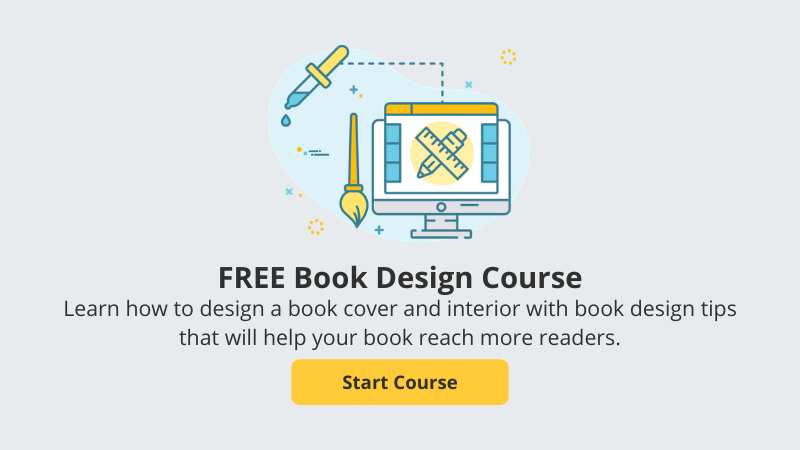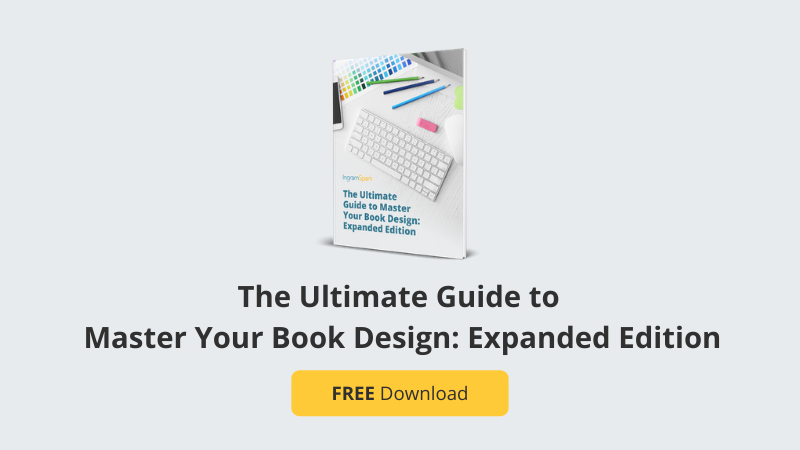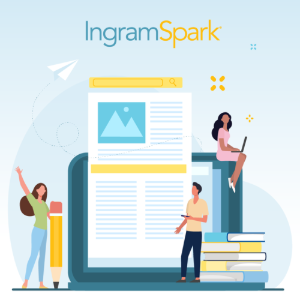Writing comes with innumerable choices around characters, dialogue, setting, and plot. But once you finish your masterpiece, there is another set of choices with which you'll be faced. When you decide to print a book, those choices begin with paperback vs hardcover. And once you choose one over the other, there are even more choices that fall under those designations. They're all worth it to print a book that is worthy of the story within its pages, so let's review some of the most popular options available for these print formats with IngramSpark.
Paperbacks
By a long shot, the perfect-bound trade paperback is the most commonly printed book in the indie publishing arena. Its compact, lightweight shape makes it inexpensive to ship, which combined with its modest production cost has made the paperback the print format of choice for any publisher on a budget. Furthermore, many people who habitually read on-the-go prefer paperbacks, since they are more easily portable and are easier to hold on to than heavier books. Perfect binding involves printing the pages with toner or ink and binding the page block to a printed and laminated coverstock with hot glue.
Find out everything you need to know about book design in The Ultimate Guide to Master Your Book Cover Design.
The most important consideration when deciding on your trim size is what looks and feels right for your book. Since books with smaller page dimensions can hold less text on each page than books with larger page dimensions, the smaller version of a given book will have more total pages than the larger version of that same book. The total number of pages determines a book’s spine width, so authors can adjust page size to give their books a thinner or thicker shelf presence.
IngramSpark prints perfect-bound paperbacks in all of the sizes listed on our trim size page.
Feel free to experiment with several potential dimensions when deciding on the right size and width for your book. Typically, books with fewer pages tend to be published in smaller formats to make them feel more substantial, while books with more pages tend to be published in larger formats to keep the spine from being too thick.
In the end, it all comes down to some combination of taste and cost, but it also comes down to what's right for your genre.
We encourage you to visit a bookstore, go to the area your book would be shelved, and find books similar in subject matter to your own. Don't choose an 8.5 x 11 trim size if all the books like yours are 6 x 9. Trim size is not an area in which you want your book to stand out from its fellows. It's not a good marketing technique, but more a sign of unfamiliarity with the publishing industry. The beauty of all of your trim size and binding options is that your book has the opportunity to look no different than traditionally published books, so make printing choices that help you maintain that level of professionalism.
Hardcovers
Unlike many print-on-demand services, IngramSpark supports hardcover bookbinding in a variety of sizes, with or without a dust jacket. For traditional publishers, the hardcover represents the flagship edition of a given book; hardcore book collectors pursue first-edition hardcovers above all else. For debut books in most mainstream genres, the hardcover is typically released several months to a year before the paperback, in order to maximize sales to the portion of the market most dedicated to buying that particular title—this practice has become increasingly popular with ambitious indie publishers, thanks in large part to the advent of affordable print-on-demand hardcover binding.
Hardcovers produced by IngramSpark are made with two different processes: case binding and Digital Cloth™ cover.
- With case binding, pages of printed text are combined into a block that’s adhered to a rigid cover. Case bound covers are made of chipboard material wrapped in laminated paper that has the cover image printed directly on it.
- In contrast, Digital Cloth™ cover is a textured digital image designed to mirror the look of a traditional cloth offering.
While the production cost involved may deter some authors, hardcovers should be considered in every way the deluxe version of a book; committed readers are often willing to pay more in exchange for their durability and aforementioned collector’s value.
The most obvious example of case bound books are large format hardcover textbooks, along with cookbooks and art anthologies, due to their sturdiness and resistance to shelf wear. Case binding can also be used to great effect in small formats such as gift books, novellas, and journals.
Most debut fiction titles first appear on bookstore shelves as a cloth bound hardcover with a dust jacket— likewise for debut titles in the history, biography, science, and social studies genres. IngramSpark’s Digital Cloth™ cover is available in either blue or gray with or without a dust jacket, and with the option to supply text that will be printed on the spine. The dust jacket wraps around the rigid cover, with inside flaps on the left and right typically used for the book description and author bio, respectively.
One thing to keep in mind when designing cover images for these formats is the extra bleed space required by hardcover templates, due to the paper cover wrapping around the cardboard coverstock. In the case of cloth bound cover spreads, the extra space afforded by the flaps of the dust jacket gives much more room for extra artwork or positive reviews recommending the book to readers.
Whichever you choose in the paperback vs hardcover debate, we hope you'll fully explore your options and make the choice that is right for your book and for your budget. We also encourage having an ebook version of your title in addition to your print version since you never know how your audience will prefer to read.














